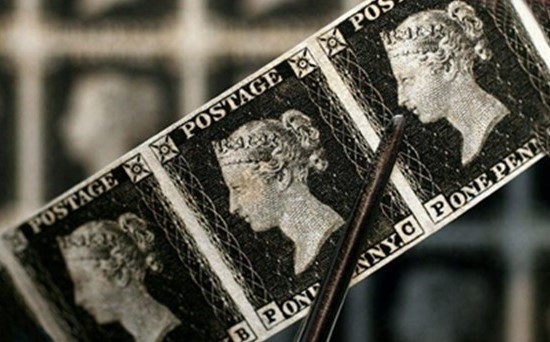
How do I know if a stamp is valuable?
Have a stamp collection you're planning to sell, but you're not sure if it’s worth much?
Want to know how valuable your stamps are before you go to an auction house or a private dealer? Or do you just want to make sure the stamp you’re buying is worth the money?
Valuing a stamp, or even estimating its value, can seem like a daunting task to the less experienced collector. However, there are five basic things you can consider or look at to determine the value of your stamps.
Identify Your Stamps
First of all, you need to identify your stamp. This all begins by learning which nation or territory issued it. Often, you'll find the name of the nation printed on your stamp. However, if it isn’t printed on the stamp, look for inscriptions, words, letters or numbers on your stamp. Run these through a search engine, which should turn up results that identify your stamp's country of origin.
Once you know the country of origin, the most precise way of identifying a stamp is to get your hands on a stamp catalogue. For example, Stanley Gibbons publishes a wide range of catalogues, which provide current market prices.
Evaluate The Centring Of Your Stamps
As a general rule of thumb, stamps with equal or all-but equal margins are worth more than the stamps that aren't centred well within the white perforation border. Basically, the image or design should be at an equal distance from all four edges of the stamp, while the borders themselves should be clear and of equal width.
While the effect on price will vary, the difference between good and poor margins can be quite large. For example, imperforate used Penny Reds with four large and even margins can fetch around 30% of catalogue value. By contrast, Penny Reds with only three good margins go for only around 5%, while examples with one or no good margins usually go for around 1%.
Condition
Aside from poor centring, imperfections can have a detrimental impact on the value of your stamps. Discoloration, crinkles, creases, stains, and holes all decrease a stamp’s value.
Generally, used stamps are listed by dealers and auction houses according to the following grades:
Superb stamps are of the finest quality with no imperfections or with almost perfect perforations and centring. Such stamps are rare, particularly with older issues. These can be sold for around 60% of catalogue value, or even 70% if they were issued between the Queen Victoria and George V eras..
Very Fine and Fine stamps have barely noticeable imperfections, good to average centring, and light hinge marks. That said, they're less fresh compared to stamps in superb condition.
Good and Average stamps usually have small but noticeable imperfections, such as small creases, areas where there stamp is thinned, faded colours, and heavy hinge marks. Despite this, they’re still in good condition overall, with average used stamps collecting anything between 5% and 20% of catalogue value.
Poor stamps are those with major imperfections. These include noticeable creases, abrasions, stains, and pinholes. Unless we’re talking about extremely rare stamps, they usually aren’t worth selling.
Gum
Gum is another significant factor. This is the glue or adhesive coating you’ll find on the reverse of a stamp. Often the reverse will also have a hinge, which is what collectors use to attach stamps to album pages. Whether removed or not, a hinge will always decrease a stamp’s value.
Unused stamps with perfect gum are graded as mint, and often referred to as mint never hinged (MNH). MNH stamps issued between the Victoria and George V eras can go for 100% of catalogue value, while later MNH stamps can be sold for around 60%.
Stamps which have their original gum damaged by use of stamp hinges are classed as lightly mounted or very lightly mounted. These sell for around 60% or 40%, depending on the era.
Stamps which have lost their original gum are referred to as mint no gum. Older mint stamps with no gum can sell for as much as 25% of catalogue value, but more recent stamps (i.e. George VI and later) will sell for around 5% or 10%.
Rarity
Stamps that have unusual printing or perforation errors are considered rare. So too are limited-issue stamps that were printed for only a very short time.
Unsurprisingly, very rare stamps are highly valuable. But confirming the rarity of a stamp often requires expert opinion. At the very least you will need to refer to a recent stamp catalogue. Auction house databases are also useful sources for determining how often a stamp has appeared on the market.
Identity, Centring, Condition, Gum, Rarity
If you can identify your stamp and evaluate its condition, centring, gum and rarity, then you’ll have a good idea of how much it’s worth. Of course, even if you arrive at a reliable figure, you should remember that demand can sometimes fluctuate. So what sold for £1,000 yesterday may not sell for £1,000 today.
But if you don’t want to go down the route of pricing your stamps yourself, you can always try to contact a reputable stamp dealer, who will usually give you an accurate estimate of your collection’s value.
